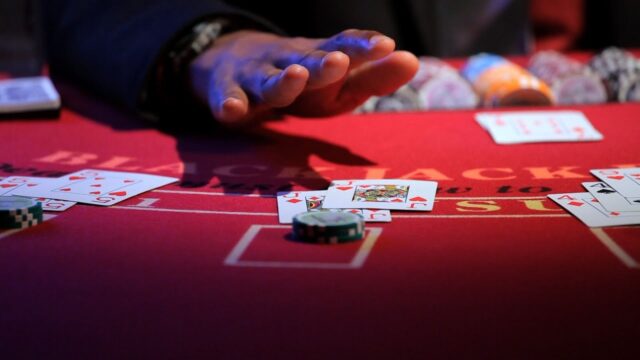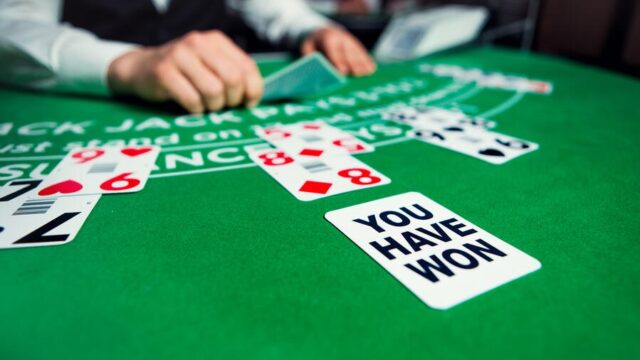
Ready to become a blackjack pro? If you’re looking to maximize your chances of success at the tables, you’ve come to the right place. Here you’ll find everything you need to know about successful blackjack strategy and how to make the most of your time at the table. Read on for essential tips on when to hit, stand, double down, or split in any set of cards.
The goal of blackjack is to beat the dealer by having a hand that adds up to 21–or as close to 21 as possible without going over, which would be called a “bust.” If both the player and the dealer have hands that add up to 21, it is considered a draw, or “push.”
The game begins with players being dealt two cards face up and then taking turns based on their hand value. Depending on the cards they are dealt they can decide whether or not to:
- Hit (take another card)
- Stand (stay with what they have)
- Double down (double their bet)
- Split (split their bet)
Basic Strategy
A basic Blackjack Strategy is a set of rules which tell you the optimal way to play any hand for blackjack and involves both luck and skill. The rules are designed to maximize the player’s advantage by minimizing the house edge. This means that by following the strategy, you will be able to reduce the house’s advantage from a massive 5% all the way down to between 0.5%-1%.
It is important to note that there is no single answer on how every player should act at all times in blackjack; different scenarios require different decisions. To play perfectly, you need to know what decision is called for depending on your hand and the dealer’s up-card (the card showing after initial cards are dealt).
When to Stand and Hit
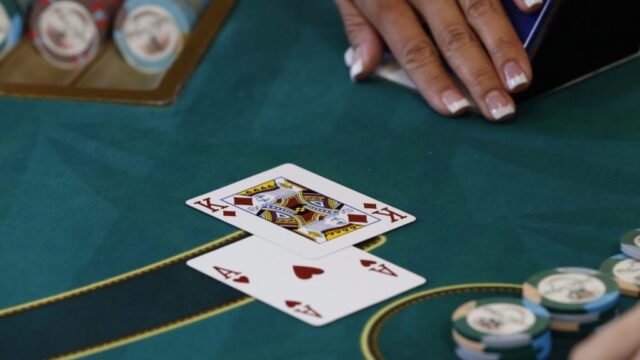
When playing blackjack the most important decision to make is when to hit, stand, double down, or split. Knowing when to make each of these moves is essential if you want to increase your chances of winning.
One of the most basic strategies in blackjack is knowing when to stand. This rule should be followed in any situation where you are dealt a hard hand that has a value of 17 or more. Standing on this score guarantees that you won’t go bust (have a value greater than 21). It’s also better than risking being dealt another card which might push your total over 21 and result in an automatic loss.
When deciding whether to hit or stand on a soft hand, players should make decisions based on several factors such as their own cards, the card held by the dealer, and the strategies used by other players at their table. Depending on these variables, players may choose to take further action even if their total is 17 or higher.
It’s important to remember that while standing can be beneficial when held a hard total of 17 or more, hitting can offer more flexibility and opportunities for making long-term gains with larger hands. Ultimately each situation will require careful consideration as every move holds its own risks and rewards which must be weighed carefully before taking action.
When to Double Down
One of the most aggressive moves you can make at the blackjack table is to double down. When you choose to double down, it means that you are doubling your existing wager in exchange for receiving one additional card. This move can be both beneficial and detrimental, depending on the situation.
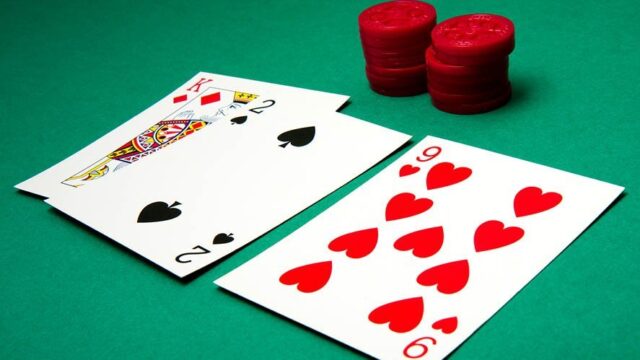
Before deciding to double down, it is important to consider all of your options and determine if it is in your best interest or not. In general, doubling down should only be done when your cards have a good chance of beating the dealer’s hand. Here are some strong indicators that suggest you should double down:
- You have a total card value of 10 or 11 – This gives you an excellent chance of hitting 21 and winning against the dealer.
- The Dealer has a card value between 2-7 – The chances are in your favor that the dealer will bust out which means more winnings for you.
- You only have two cards – If luck favors you, there is always a chance that all four aces could be dealt in two rounds of blackjack which would mean easy winnings for you!
There are other scenarios where doubling down may be acceptable but these three provide the most favorable circumstances for such an aggressive move. Before ever considering doubling down, make sure to assess all of the possibilities correctly so that you can maximize possible profits while minimizing potential losses.
When to Split
Splitting your cards when playing blackjack increases your chances of winning. When you split a hand, you create two hands from the original one, thus increasing your opportunity to win. However, if you are new to the game of blackjack, it is important to understand when it makes sense to split and when it doesn’t.
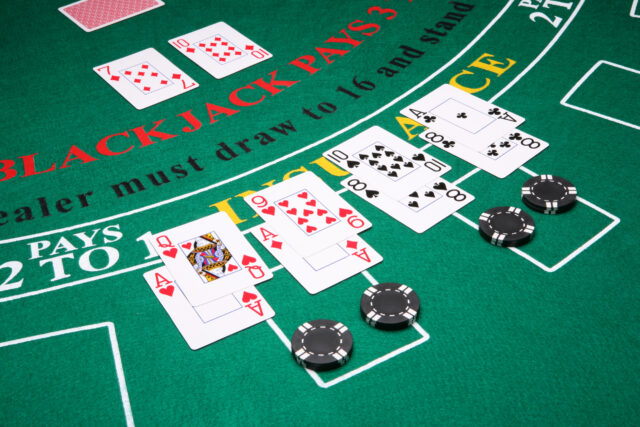
Generally speaking, you should split a pair of 8s or Aces during play. Similarly, you should also split two 10s if they are not part of a soft total (an ace used as an 11). So long as the dealer has a low card visible – anything lower than a 7 – you should also split pairs of Sevens or Sixes. It’s also often advantageous to split 2s and 3s if facing a 2 – 10 value card on the Dealer’s side.
On the other hand, if your cards face up and form a hard total (without an ace) then splitting it would be unlikely to improve your odds in that particular round. Whatever your situation is at hand – it’s always wise to stick with basic strategy guidelines unless there’s some particularly strong alternative evidence that suggests otherwise as folding could be losing out on potential money-making opportunities which can come with this exciting game!
Conclusion
The blackjack strategy can be used as an overall guide to help make better decisions while juggling basic rules and individual preferences. The key is keeping emotion out of play and playing every hand according to the mathematical probability that fits your particular style and budget.
Regardless of how often you apply basic strategy decisions, remember that proper bankroll management and smart risk limits are essential in any winning strategy.
